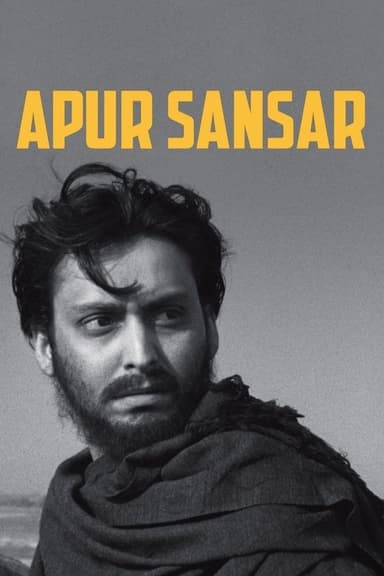
Bicycle Thieves
1948 • Drama • NR
Unemployed Antonio is elated when he finally finds work hanging posters around war-torn Rome. However on his first day, his bicycle—essential to his work—gets stolen. His job is doomed unless he can find the thief. With the help of his son, Antonio combs the city, becoming desperate for justice.
Runtime: 1h 29m
Why you should read the novel
While the film adaptation of Bicycle Thieves is renowned for its visuals and performances, reading Luigi Bartolini's novel offers a much richer insight into the inner workings of its central character. Through the protagonist’s own words and thoughts, the book unravels his frustrations, dreams, and reasoning with a depth that the cinematic medium can only hint at. This personal, introspective journey provides a more intimate connection with his struggles and triumphs, transporting the reader directly into his psyche.
The novel’s written form allows Bartolini to explore the societal context and the protagonist’s relationships with vivid nuance. The struggles against poverty, desperation, and the systemic pressures facing postwar Italians are depicted with a sharpness and detail unique to literature. Readers are drawn not only into the events but also the textures and rhythms of daily life, making the social commentary ever more moving and effective.
Additionally, Bartolini’s prose is steeped in irony and a dry wit often lost in translation to the screen. His literary style encompasses a complexity of tone and narrative voice that invites contemplation. For those eager to delve beyond the moral and emotional simplicity of the film, the original novel provides a far more intricate and rewarding experience.
Adaptation differences
One of the most significant differences between Luigi Bartolini’s novel and Vittorio De Sica’s film adaptation lies in the storyline itself. While both revolve around the theft of a bicycle and its consequences, the context, details, and even the tone of events differ substantially. The movie focuses on Antonio Ricci, a working-class father desperate to recover his stolen bicycle needed for work, whereas Bartolini’s book is told from the perspective of a middle-class intellectual whose experience is less about survival and more about personal indignation and philosophical ruminations.
Furthermore, the characters are notably different. In the novel, the protagonist displays a certain aloofness, irony, and even bitterness, whereas De Sica’s Antonio is imbued with pathos and empathy, serving as a vehicle for broader social critique. The film’s use of the protagonist’s young son as a companion intensifies the emotional stakes, a device not present in Bartolini’s narrative, where the relationships are less central and more adult-focused.
Setting and atmosphere also diverge. Bartolini's book, though set in Rome like the film, is more episodic and meandering, focusing less on the city’s bleak postwar conditions and more on internal landscapes and day-to-day observations. De Sica, drawing on Italian neorealism, turns the setting into a secondary character, emphasizing urban hardship and making the city itself a symbol of the characters’ plight.
Finally, the resolution and thematic focus shift between the two mediums. Bartolini’s novel weaves layers of satire and personal reflection, ending on a note that invites contemplation rather than tragedy. By contrast, the film opts for poignancy and universal sorrow, leaving a lasting impression rooted in empathy and the collective struggle of the working poor. As a result, each work ultimately speaks to differing aspects of Italian society and human experience.
Bicycle Thieves inspired from
Bicycle Thieves
by Luigi Bartolini




